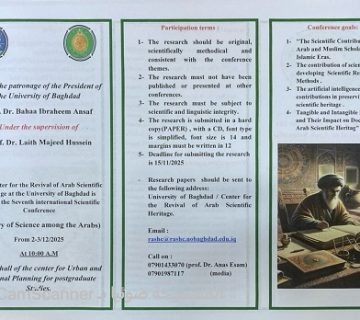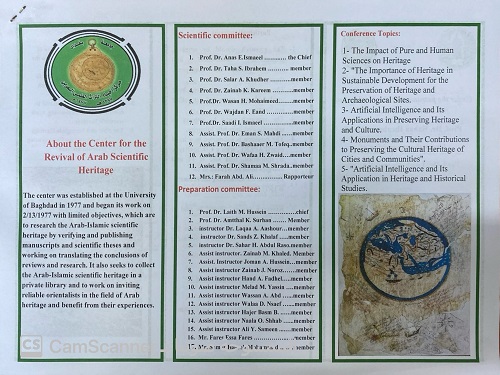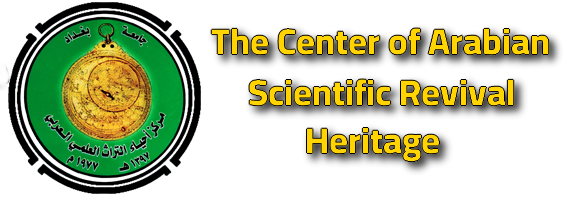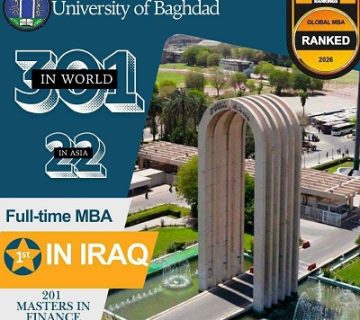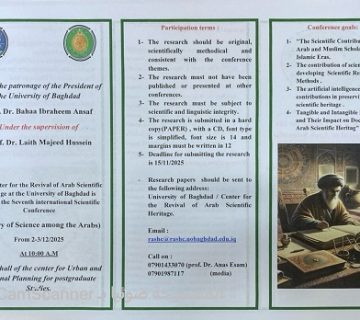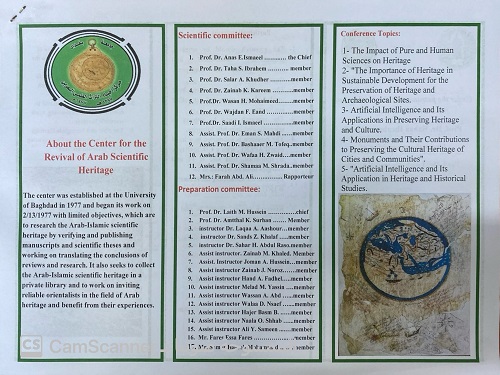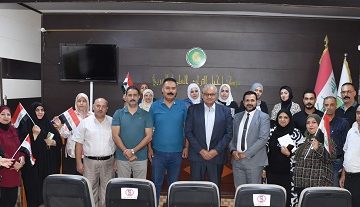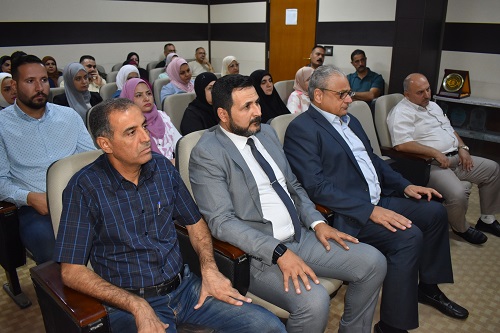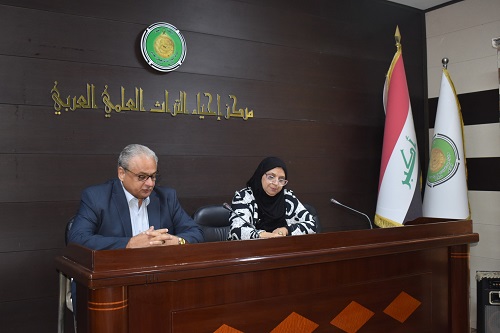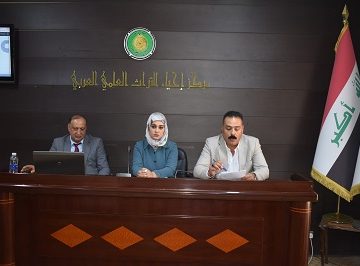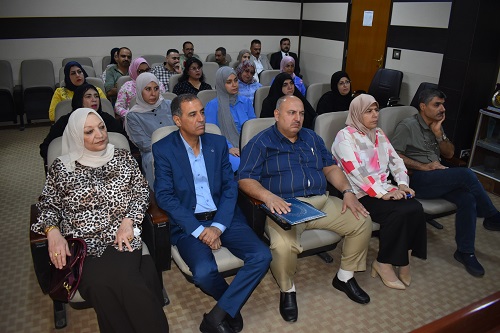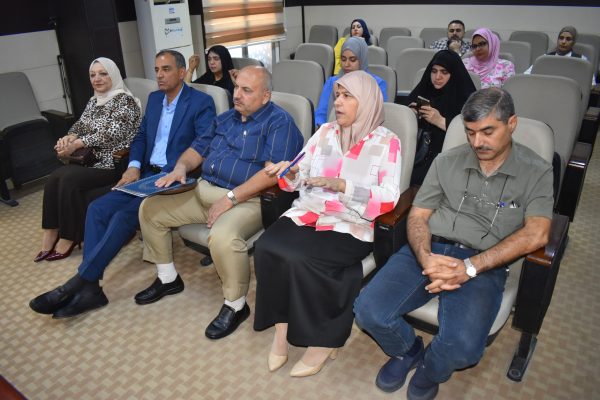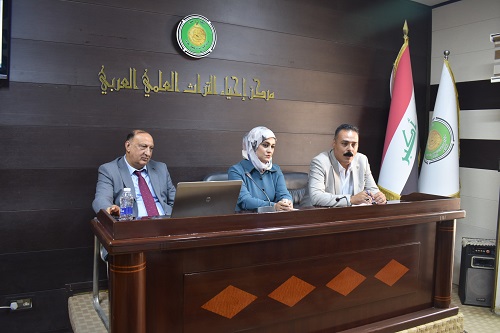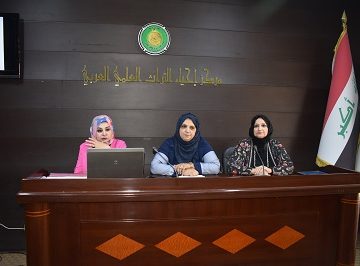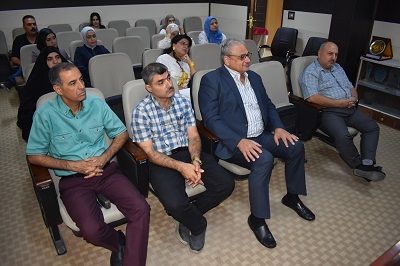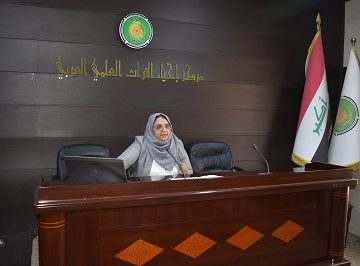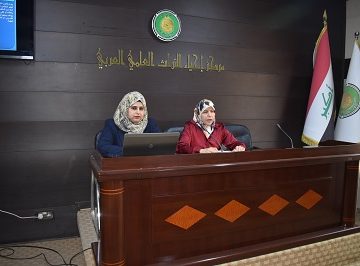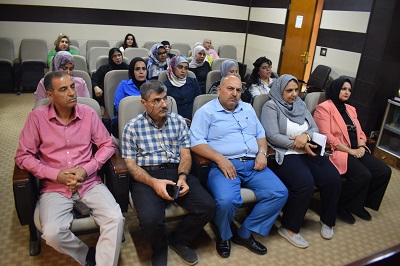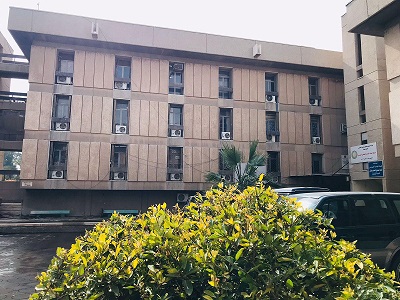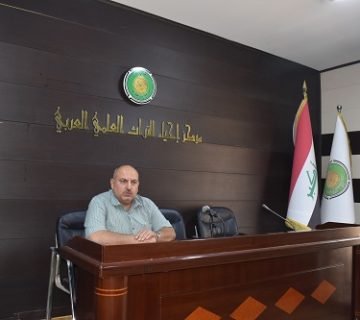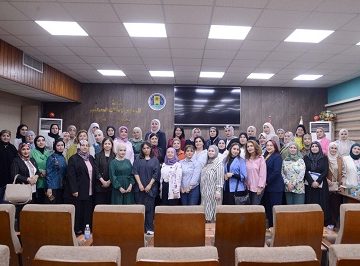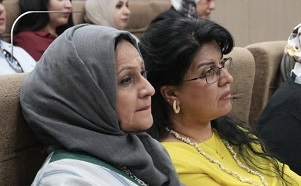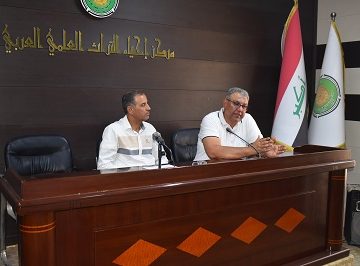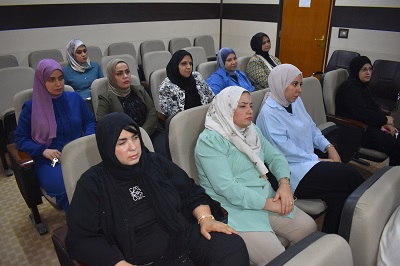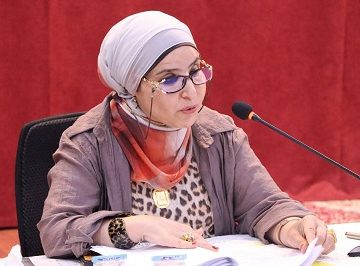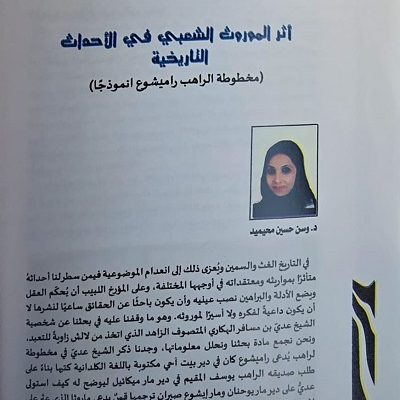Under the supervision of Professor Dr. Laith Majid Hussein, Director of the Center for the Revival of Arab Scientific Heritage at the University of Baghdad, our Center organized a seminar on Monday, September 29, 2025, in Professor Nabila Abdul Moneim Dawood Hall, attended by a number of professors and academics.
The seminar, entitled “Heritage Journals and Their Role in Promoting Arab and Islamic Heritage,” featured a lecture delivered by Lecturer Dr. Liqaa Shakir Khattar Al-Shuraifi, who spoke about heritage journals as a bridge connecting the past with the present, contributing to the preservation of cultural identity and its transmission to new generations.
Dr. Al-Shuraifi defined heritage journals as specialized periodicals dedicated to publishing studies, articles, and research related to Arab and Islamic heritage, whether in literature, history, arts, customs, or traditions. These journals are often issued by cultural institutions, research centers, or heritage societies. She emphasized the importance of such journals, highlighting their main objectives, including:
Documenting heritage through the publication of verified and annotated ancient manuscripts;
Introducing heritage by shedding light on the works of early writers, scholars, and thinkers;
Reviving traditions and arts by showcasing folk arts and traditional crafts;
Encouraging researchers and spreading cultural awareness;
Instilling an appreciation for heritage among youth and strengthening their connection to Arab identity.
In conclusion, the Center’s administration expressed its gratitude to the lecturer, wishing her continued success and prosperity in her academic and research endeavors.
